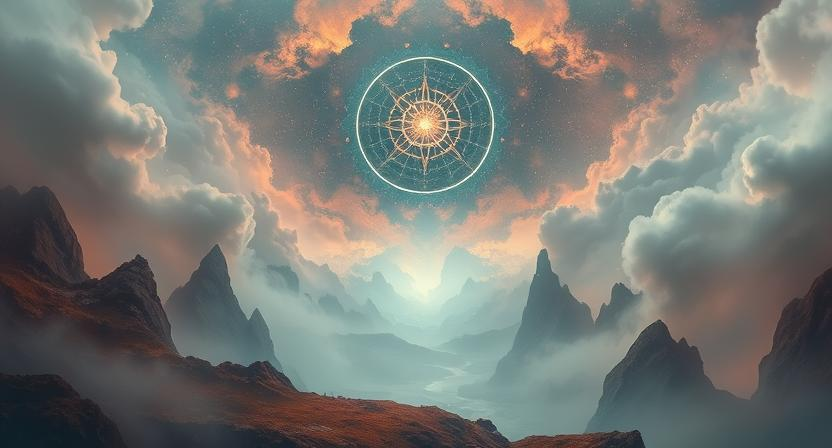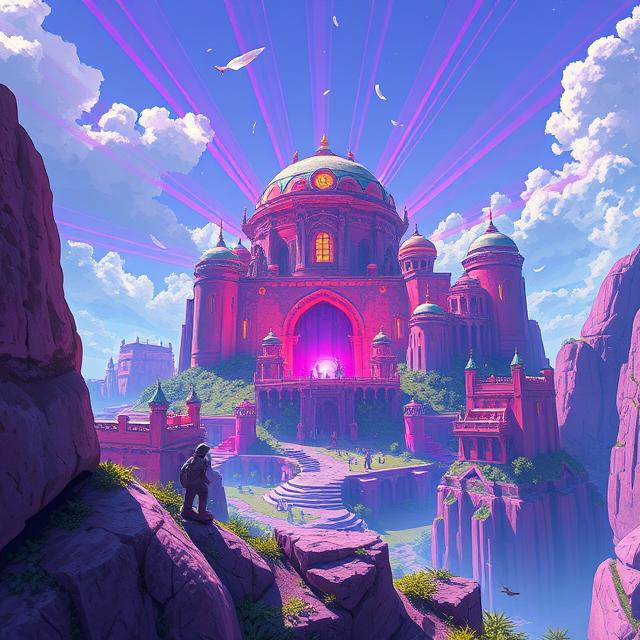What was once a novelty has become a standard: photo mode is now a core feature in many AAA and indie games. More than just a screenshot tool, it represents a shift in how players engage with virtual worlds.
In games like Ghost of Tsushima, Horizon Forbidden West, and Marvel’s Spider-Man, photo mode isn’t just functional—it’s artistic. Players can adjust depth of field, filters, lighting, weather, facial expressions, and even poses. This goes far beyond documenting gameplay. It allows players to compose moments.
The rise of social media has turned players into content creators. Capturing a beautiful landscape, an emotional moment, or a mid-combat freeze-frame becomes part of the experience. Players share these images as extensions of their identity and style.
From a design perspective, photo mode encourages exploration. Players spend more time observing environments, appreciating character design, and noticing details they might otherwise rush past. It turns the game into a gallery of moments.
Photo mode also adds value for non-competitive players. It offers a non-violent, creative outlet within even the most action-heavy titles. It has become particularly popular among digital artists, roleplayers, and screenshot enthusiasts.
Some studios, like CD Projekt Red and Santa Monica Studio, even host official photo mode contests, recognizing the creative potential of their communities.
Far from being a gimmick, photo mode represents a player-driven layer of interaction. It bridges the gap between gameplay and digital art—allowing players to become co-authors of visual storytelling.


Leave a Reply